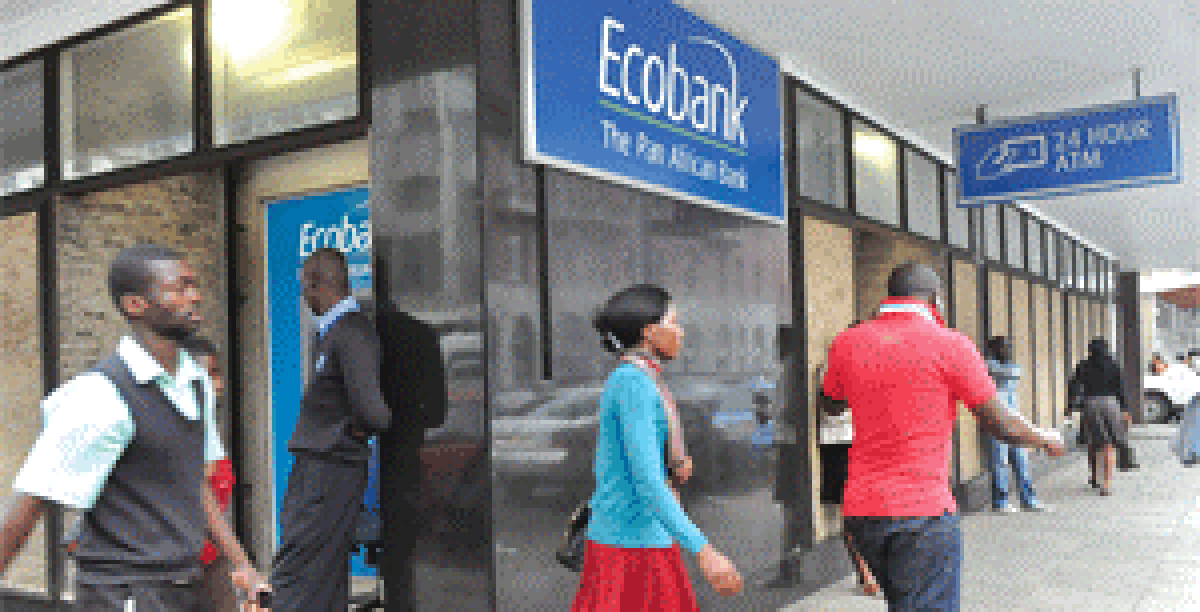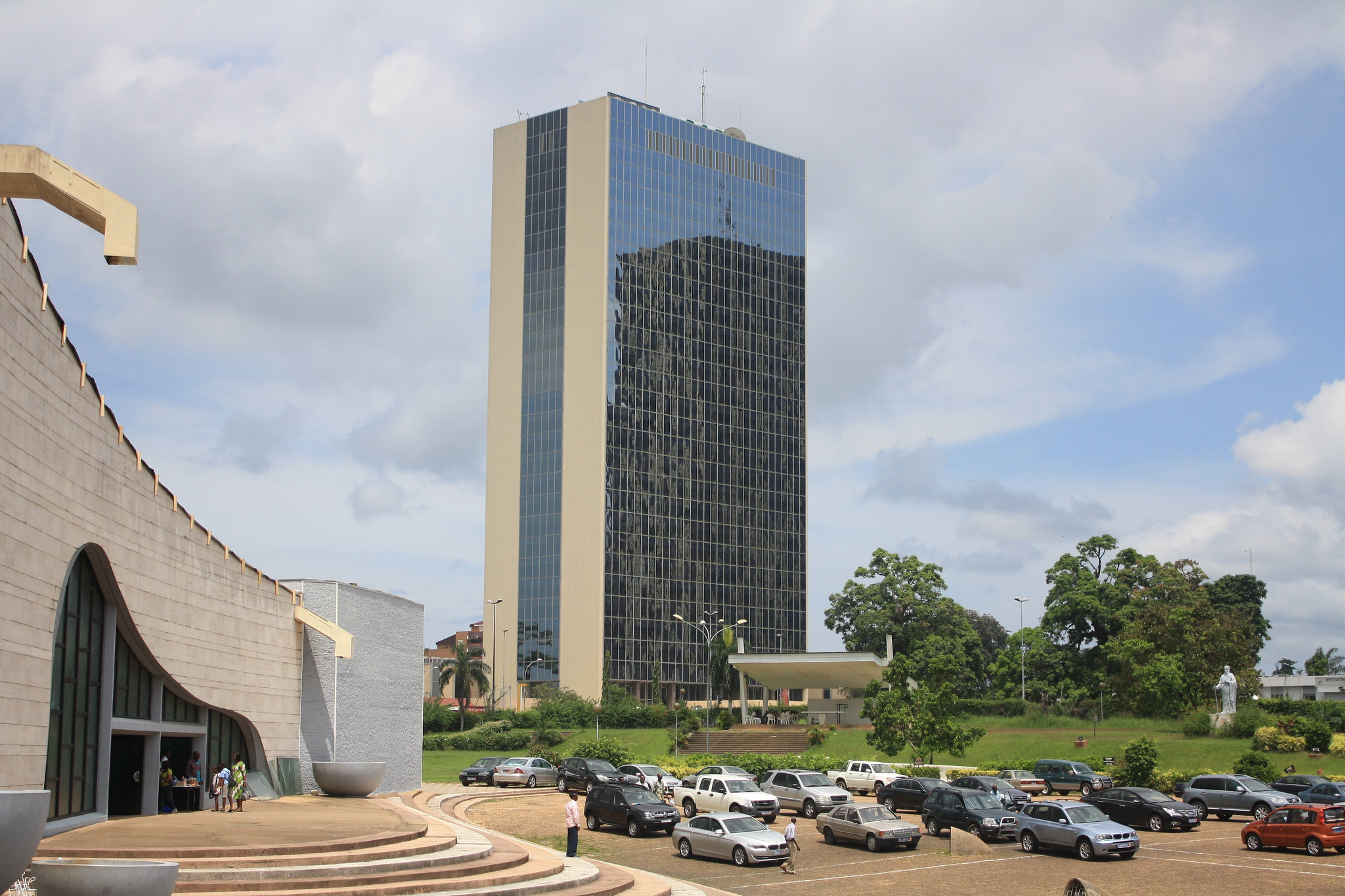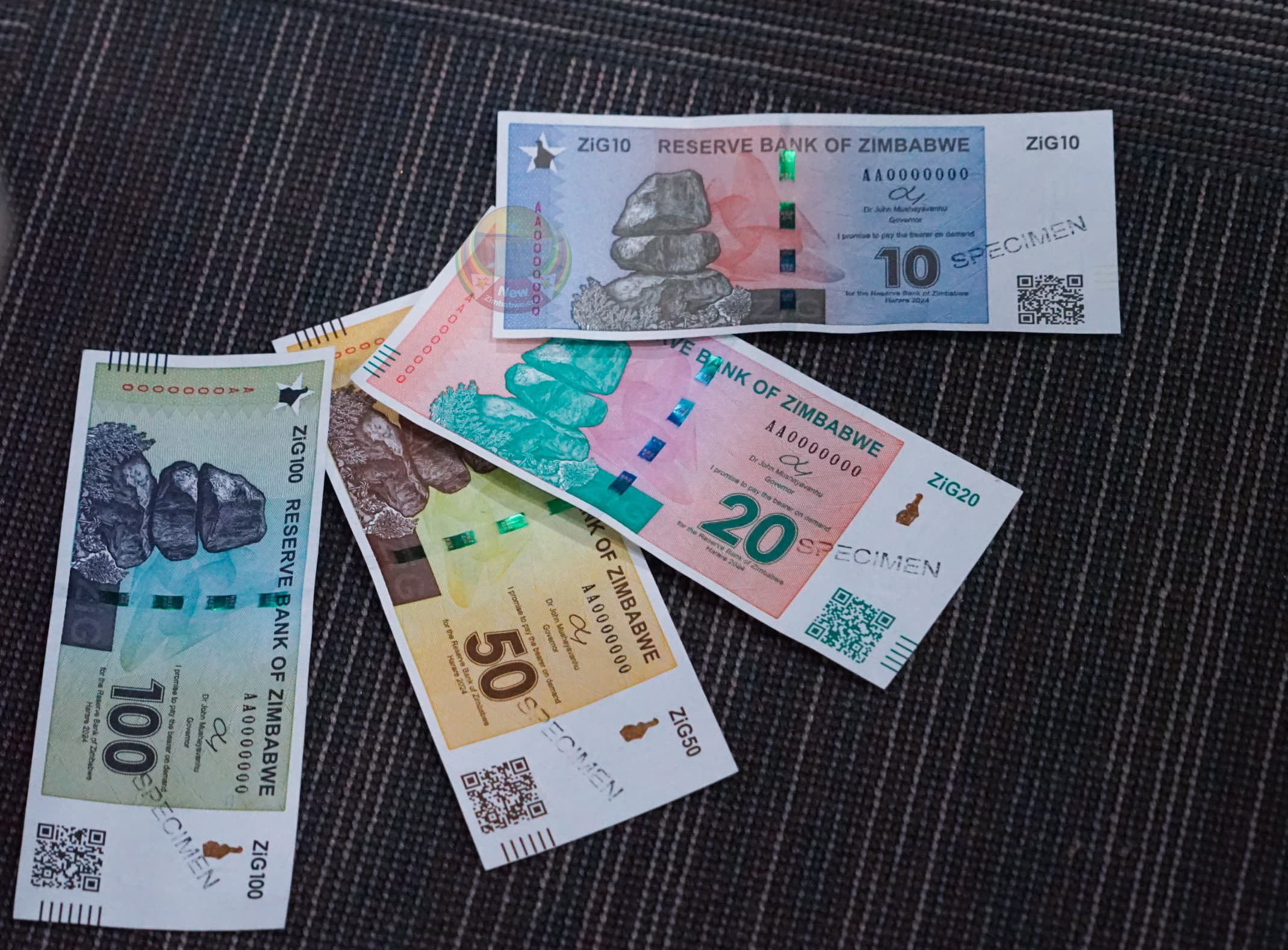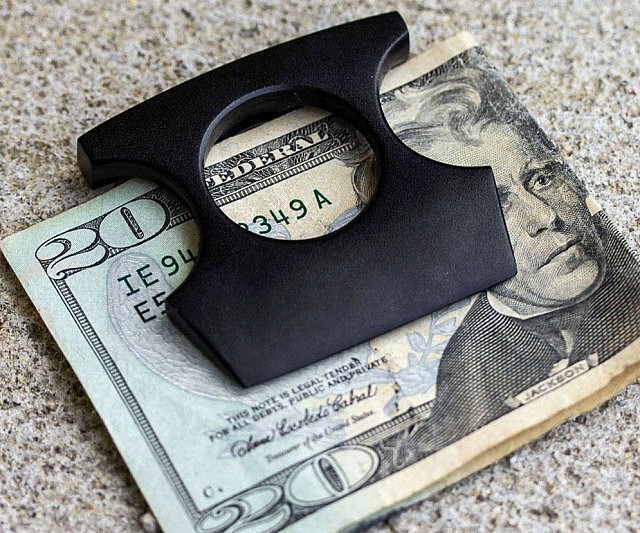‘Liquidity challenges present dollarisation risk’
Nedbank Zimbabwe says sustained Zimbabwean dollar liquidity challenges would negatively affect aggregate demand in the economy and also pose the risk of driving the economy towards full dollarisation.
The lender said while the mopping of excess Zimbabwe dollar liquidity was a “good move” toward stabilising the currency, “there is risk of pushing the economy towards full dollarisation” with the local currency “being reserved for regulatory payments only”.
“Sustained ZWL liquidity pressure will negatively impact aggregate demand so it’s essential for policymakers to find a balance between maintaining a stable currency and promoting economic growth,” said Nedbank.
“In June the Reserve Bank of Zimbabwe raised the Bank policy rate and the Medium-term Bank Accommodation (MBA) to 150 percent and 75 percent from 140 percent and 70 percent respectively, in an effort to contain hyperinflation,” the bank said.
Central banks increase policy rates as a way of slowing down money supply growth in an economy, effectively increasing the cost of credit and thus avoiding overheating economic activity.
These instruments formed part of the cocktail of measures implemented by the Government to tame inflation during the second quarter of the year after a period of local currency deprecation.
Other policies implemented by the Government include the liberalisation of the foreign exchange market and the introduction of the Wholesale Auction Trading System, to allow banks and other financial institutions to secure foreign currency for onward sale to their customers.
However, the bank said the banking sector in Zimbabwe remains resilient despite the uncertain economic environment.
Chairman Shepherd Shonhiwa said the company’s focus area remains on capital preservation.
He also said the increase in US dollar capital during the first six months illustrated the effectiveness of strategies rolled out by management.
“Capital preservation is a major focus area for the board. The increase in USD-denominated capital during the period under review is a demonstration of the effectiveness of strategies implemented by management,” he said.
Managing director Sibongile Moyo said the bank recorded an inflation-adjusted profit after tax of $164 212 billion, growing 590 percent over the prior period performance of $23 809 billion during the period under review.
She also said the growth was across funded and non-funded income lines, triggered by a 310 percent growth in private sector lending and growth in foreign currency-denominated transaction volumes.
“The balance sheet grew by 118 percent to $876 470 billion supported by growth in deposits from customers, retained earnings and the increase in revaluation reserves,” said Moyo.
Meanwhile, the bank declared an interim dividend of US$0,07 per share amounting to US$1,963 million in total.-businessweekly











